As our cars get newer, we also get introduced to bits of cutting-edge tech found within these rolling gadgets on wheels.
But like the loss of features like the IR blaster, the headphone jack, and the expandable storage slots on mobile phones, there are several things that automakers phase out and leave out in the name of modernity, but then consumers figure out that these items are sorely missed once they’ve lived with the car for a while. Here are a few features that deserve mentioning.
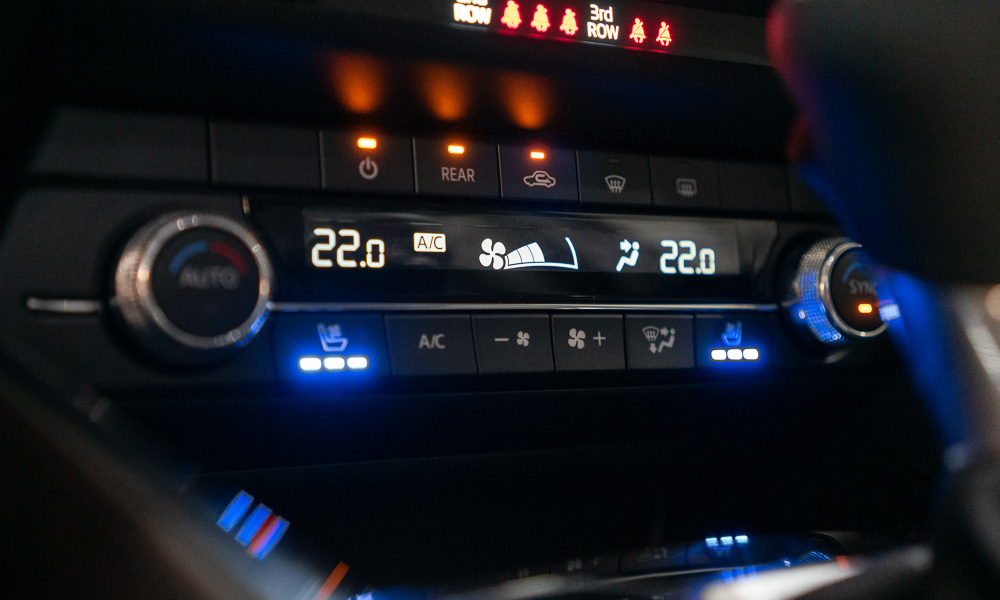
1. Physical climate controls. Yes, we’re in that day and age where more and more manufacturers are adopting the touchscreen-everything approach to interior design in favor of making their cars look super futuristic and “in with the times.”
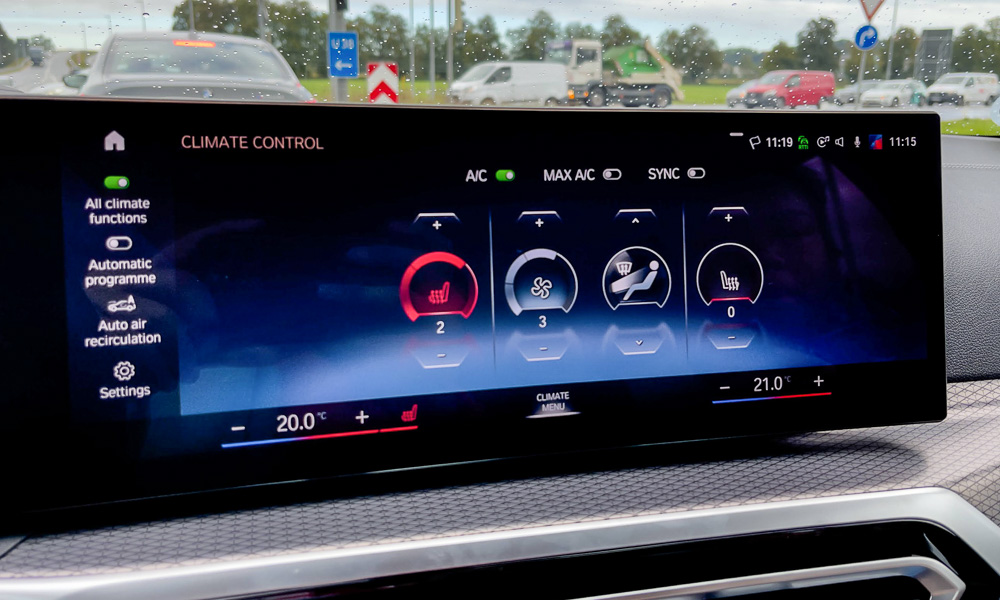
Yes, it may look cool and futuristic, but that unnecessarily complicates interactions. You don’t need to go into several menus to do something as simple as turning the fan speed up or using your wipers. We’re sick of it.
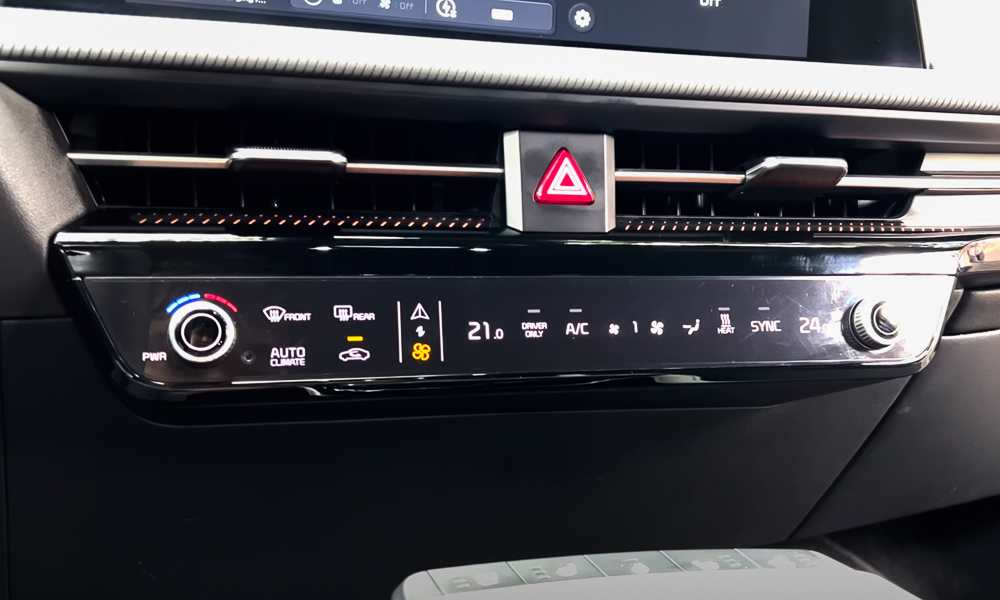
And no, separate touch-based controls are not excluded from this as well. Touching a pane of glass/plastic with haptic vibrations is not the same as the tactility of pushing down on a proper button. The driver will look for confirmation that he/she actually pressed that function, leading to more distractions.
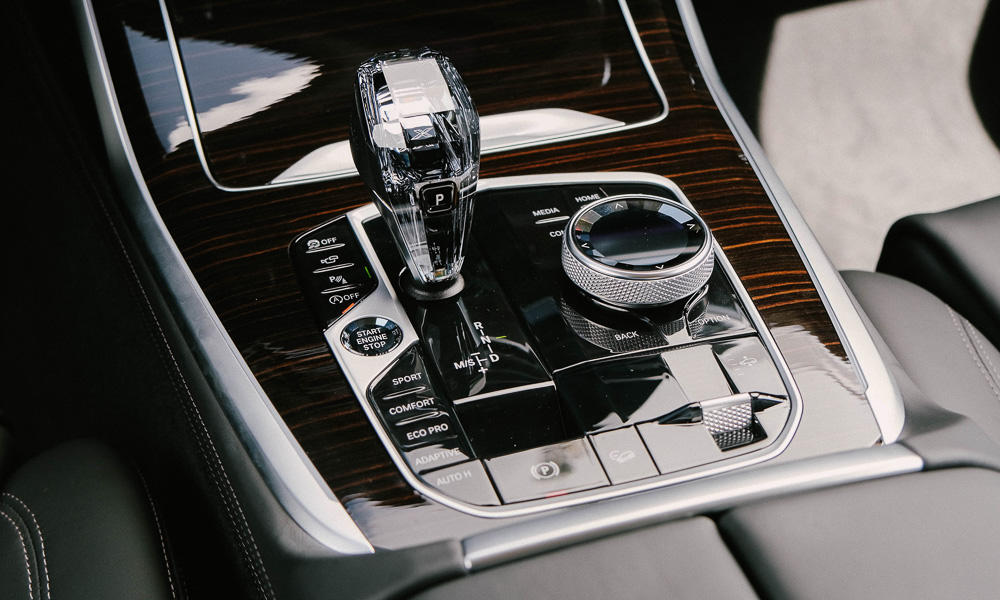
2. Rotary/infotainment controllers. I’ve said it once and I’ll say it again: Having a separate tactile controller is a whole lot safer than prodding your sausage fingers on a small screen. It may seem clunky at first (admittedly, it is partially due to user-interface design), but you eventually develop muscle memory that will allow you to do operations without having to stare at said screen.
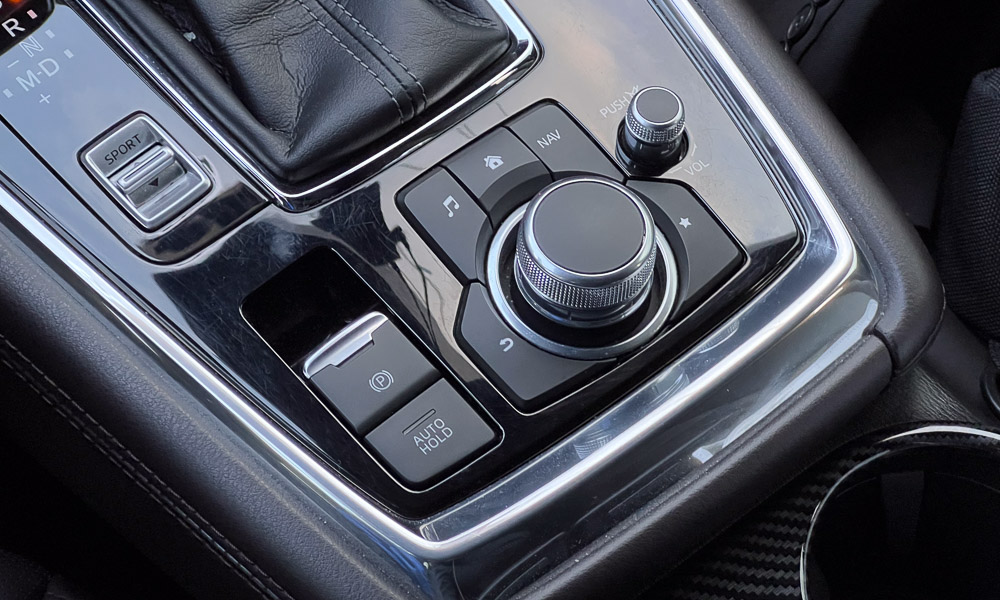
Also, it seems that premium manufacturers are moving away from this.
Audi, BMW (starting with the X1), Lexus, and Mercedes-Benz have all ditched their dedicated controllers in favor of larger touchscreens (which are a bad thing in the first place), leaving Acura and Mazda as the only remaining bastions of the separate controller interface.
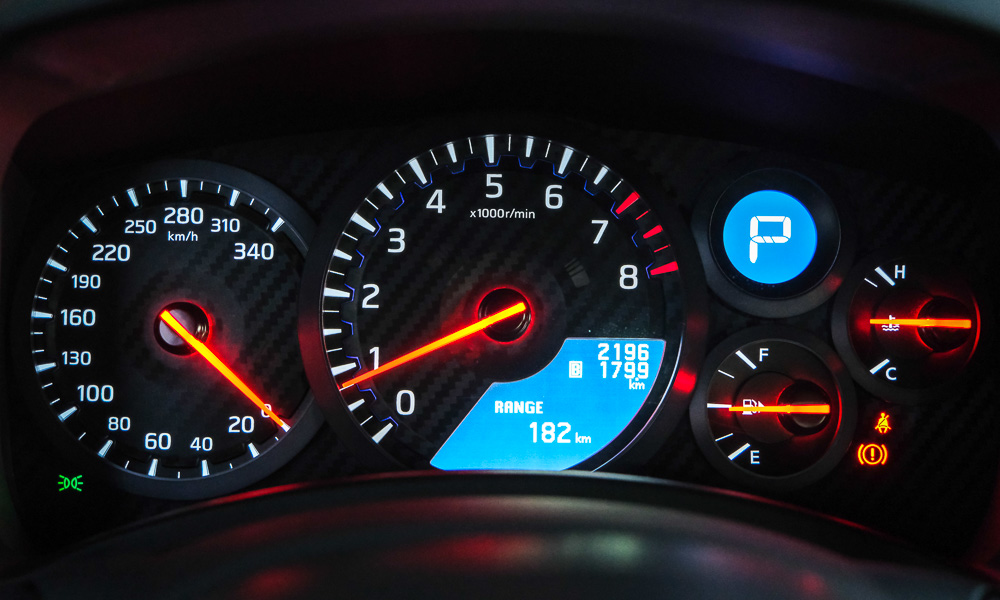
3. Analog gauges. We may have some incredibly sophisticated digital gauge clusters that allow for crazy graphics and functions (like displaying a map) that would have been impossible in the past, but these have their own flaws.
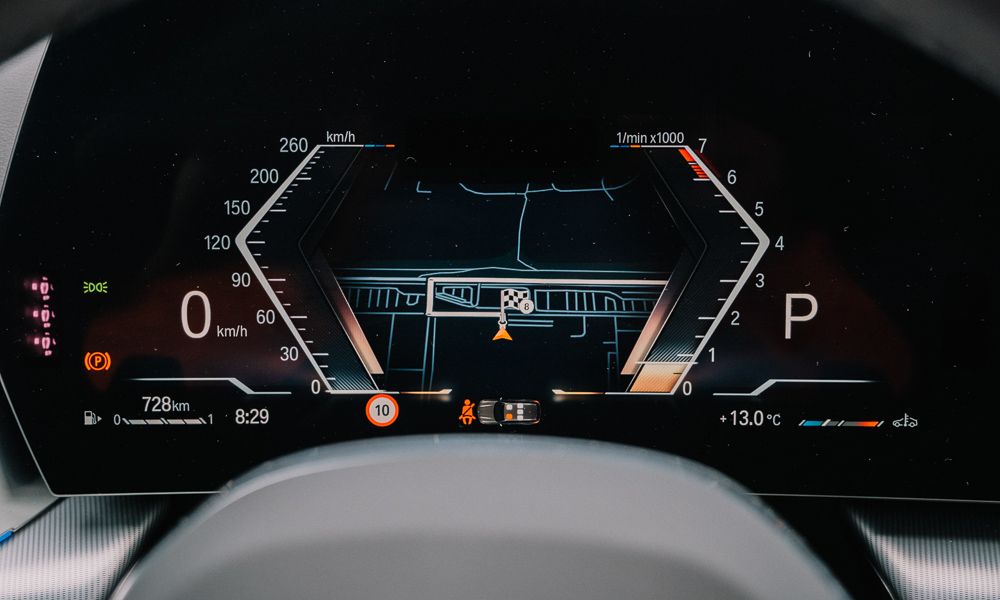
Unless the manufacturer has implemented it correctly, screens will always be screens—easily washed out by the sun—unless you drive a car equipped with an OLED panel instead of an LCD like a Cadillac Escalade or a Mercedes-Benz S-Class.
There’s also fear of the displays failing down the line if you’re the type to keep your cars around for decades.
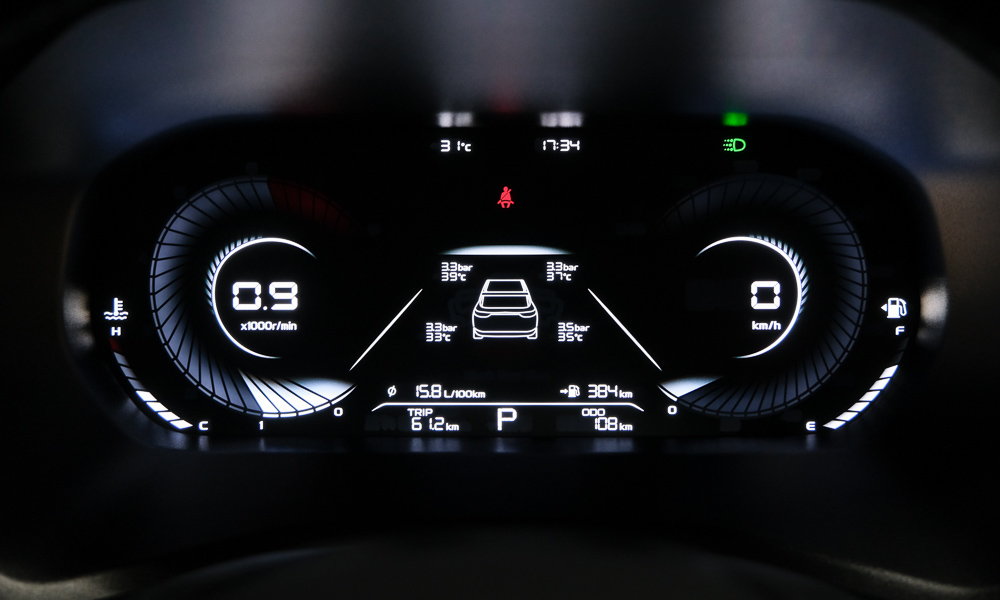
And honestly, I have seen ugly “digital” gauge clusters that use segmented LCD screens with a small, laggy display in several test units where an analog gauge cluster would be better off in its place.
I get that they’re trying to save costs while trying to pad their spec sheets, but the actual experience will end up worsening the vehicle’s experience as a whole.
Not all digital gauges are bad per se, but like with mechanical watches, there’s something so satisfying with seeing the hands of your rev counter or speedometer physically sweeping up and down as you drive around.
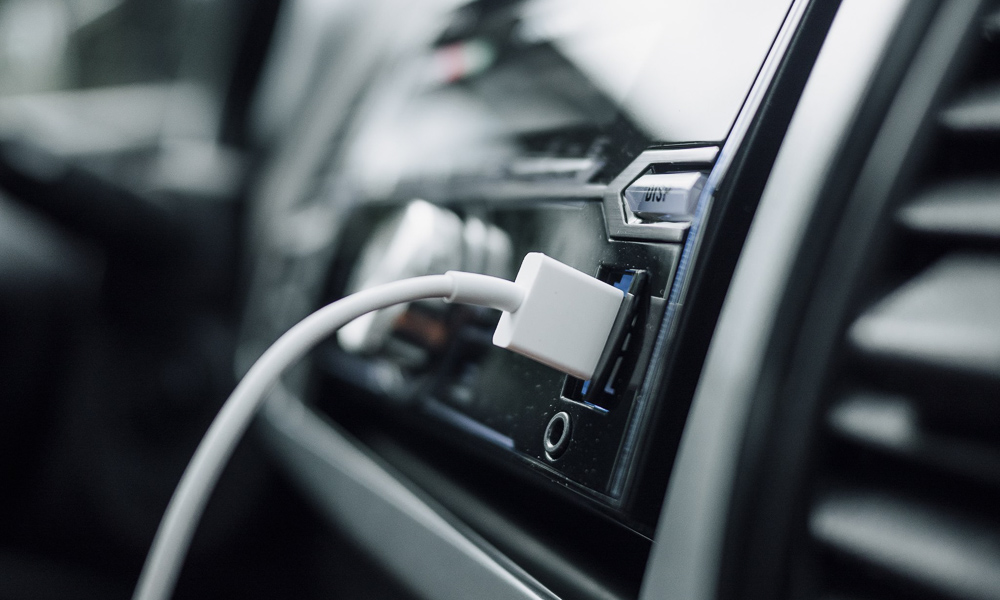
4. CD players and the aux-in port. With the advent of Bluetooth and Apple CarPlay/Android Auto connectivity, people don’t see the need to fiddle around with multiple cables just to get their tunes blasting as they drive around.
Just as phones have ditched the headphone jack, automakers opt for the one-cable solution that allows for just more than music playback. Heck, wireless smartphone integration is also a thing now, even if it is not always smooth/responsive.
Granted, it won’t be easy for your passengers to play their tunes without others judging their taste in music as they search for it, but I guess that’s a small price to pay for convenience.
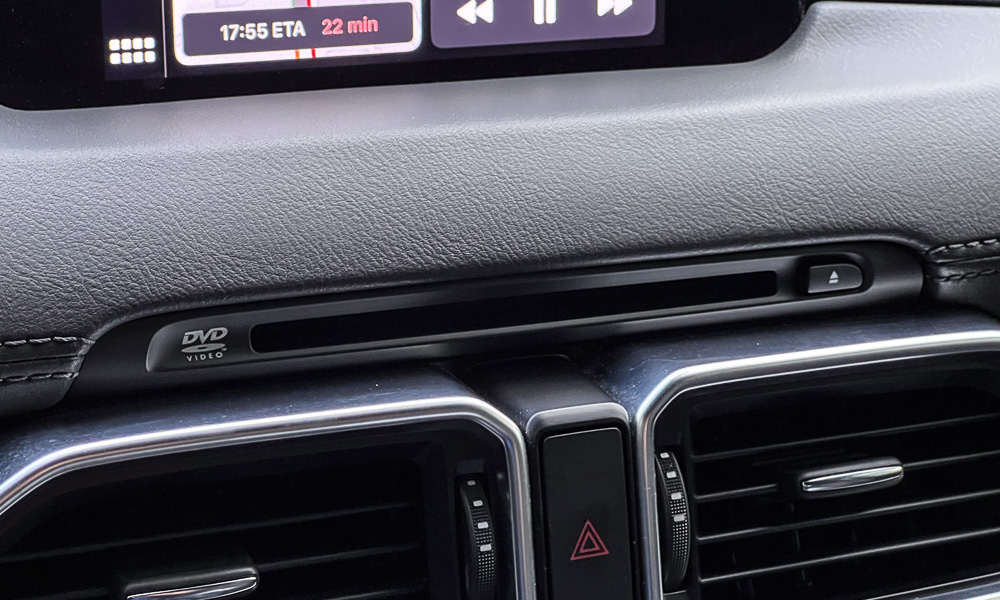
While you may say that the CD player is something best left in the early 2010s, several automakers still offer them in their vehicles, and there are aftermarket head units that still have them.
It’s (arguably) the quickest and easiest way to get lossless audio playback to maximize your fancy-brand sound system without having to dabble in dubious methods to acquire FLAC files, or to pay out of your nose for high-quality streaming services.
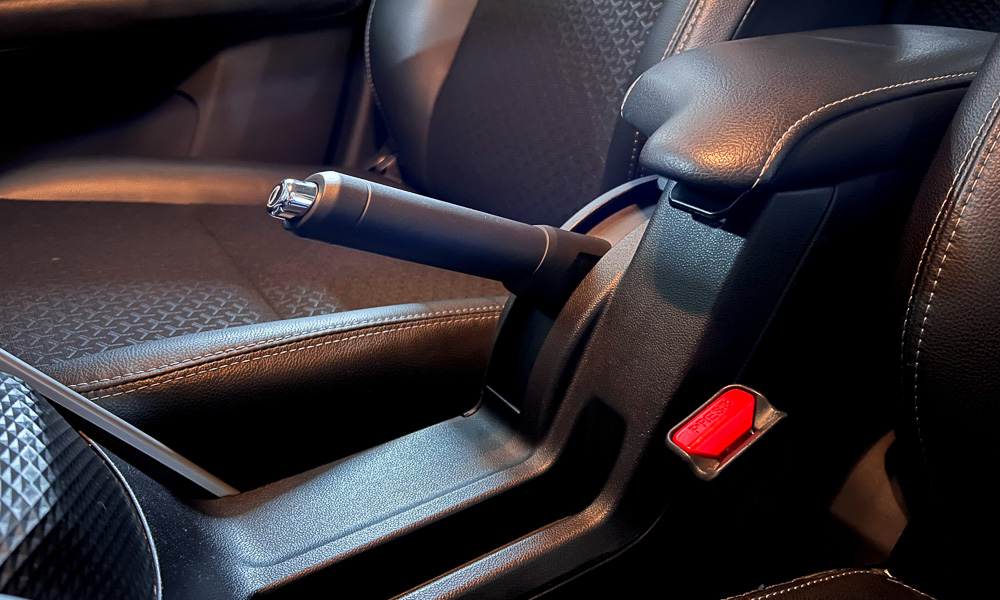
5. Mechanical handbrakes (especially for sporty cars). While the concept of an electronic parking brake for daily-drivers is nice, when you buy a car that is meant to evoke the feeling of “Sheer Driving Pleasure,” you’ll want to be able to be in control as much as possible.
Of course, that includes the mechanical handbrake. Our motorcycle editor told me: “Before Hill Hold Assist became a crutch, we had the handbrake.”
This is true because you end up being more involved in driving, as this little lever will end up teaching you valuable skills that would be impossible to learn if all you had to do was pull up a switch.
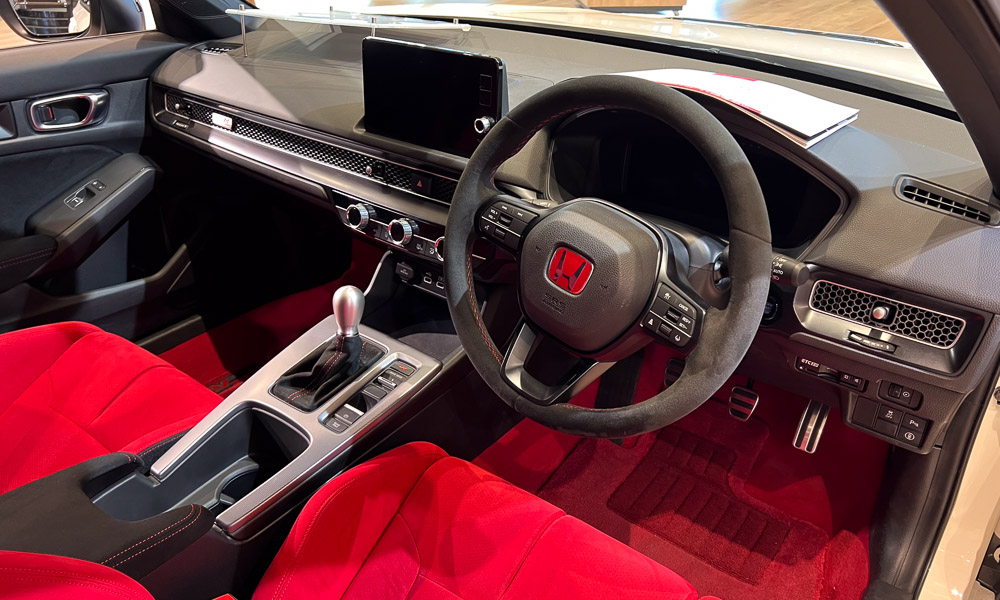
These also are cheaper to fix should they go kaput, and also simplify the process of doing DIY repairs. But also, don’t you find it weird how some performance cars don’t include them at all?
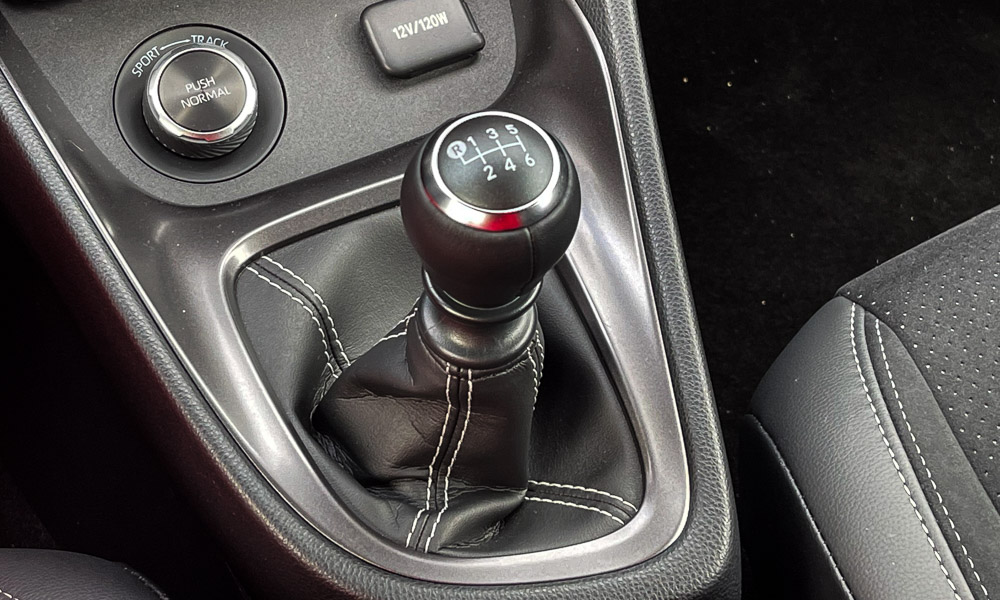
6. Manual transmission. We’re sick of the stick shift being confined to either the cheapest/base variants or the ultra-pricey performance models. While the arguments for a manual or an automatic are a whole different topic, giving consumers a choice is always a good thing.
In fact, there are several cars that would most likely be more enjoyable or perform better if they were equipped with a proper three-pedal setup instead of a supposedly eco-oriented CVT.
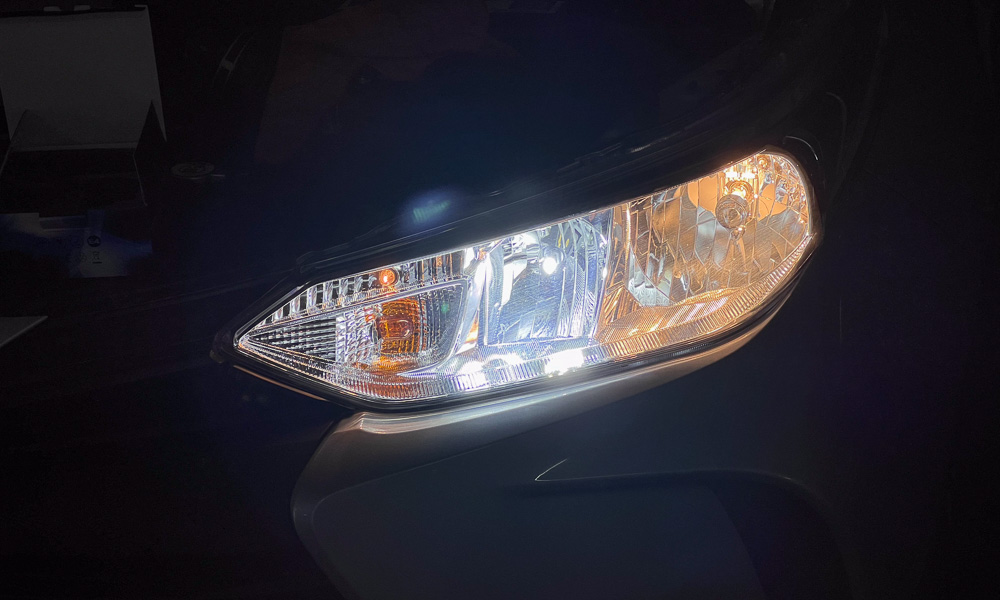
7. User-replaceable bulbs. This is found more frequently in cheaper cars that utilize halogen lighting. More expensive cars use sealed assemblies for their lighting, allowing them to have fancy patterns and matrix capabilities.
While it is unlikely that modern lighting will burn out or break with regular use, these cost a fortune to replace, unlike the simplicity offered by a single bulb.
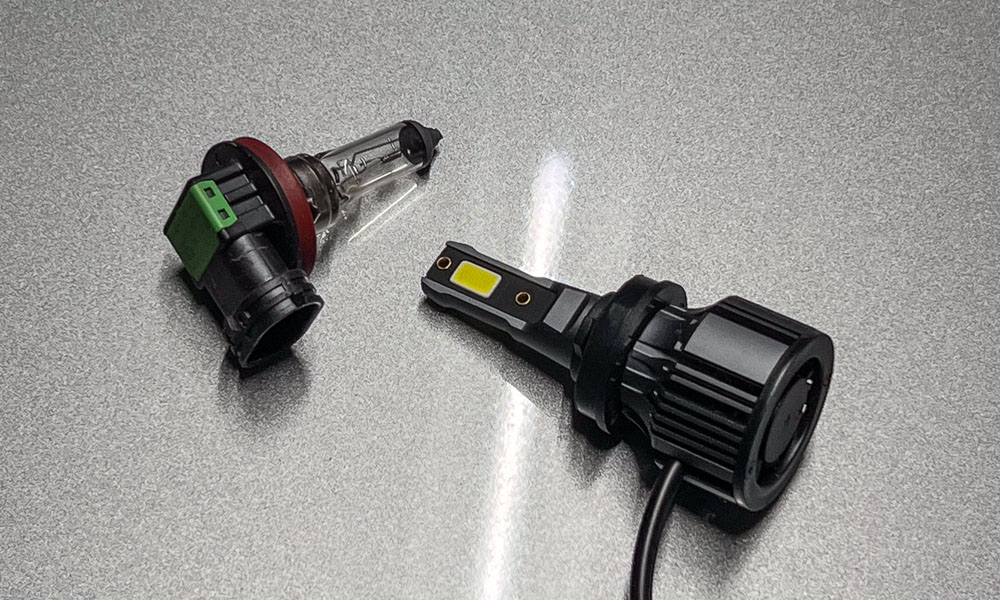
Also, for the enthusiasts who are willing to dedicate a little more time and elbow grease, they can upgrade their lighting to whatever they want to. Just please make sure it complies with regulations so you don’t end up blinding people or confusing those behind you with your blinking taillights.
Drop-in halogen or LED replacements with better performance? An easy upgrade for a lot of cars. Interior LED lighting to replace those weak peanut bulbs? Sure. LED turn signals, reverse lights, plate lights, and brake lights? No problem, but they’ll just be a bit more complicated in the installation process.

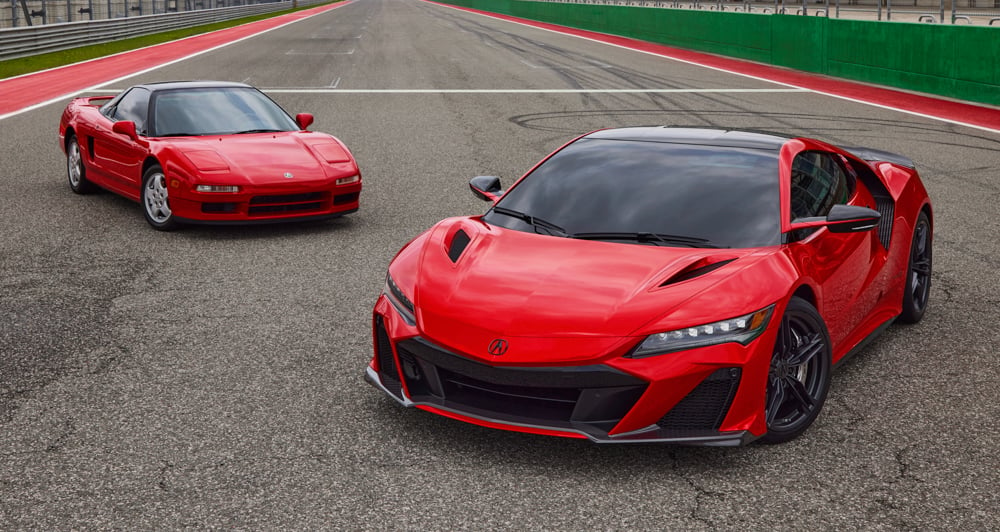
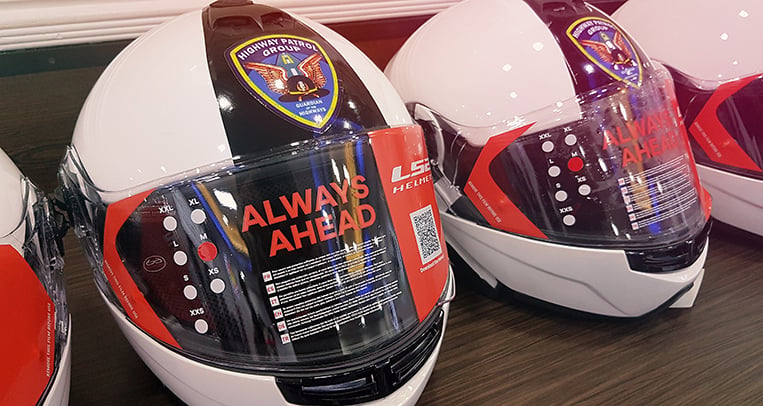
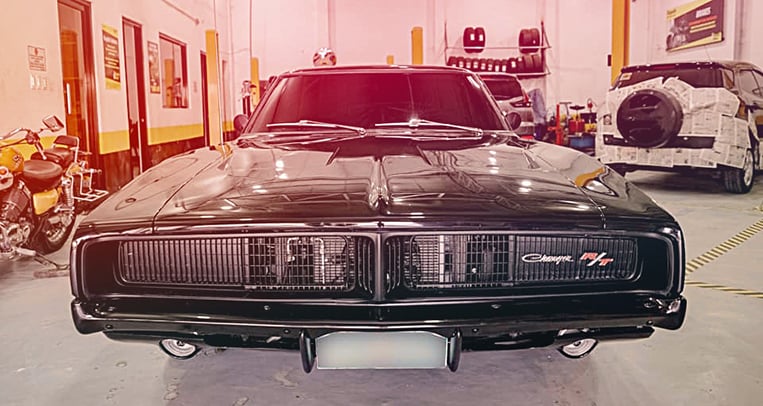
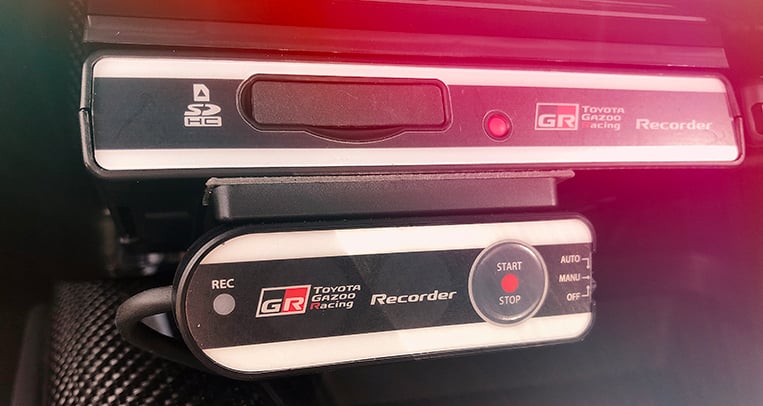


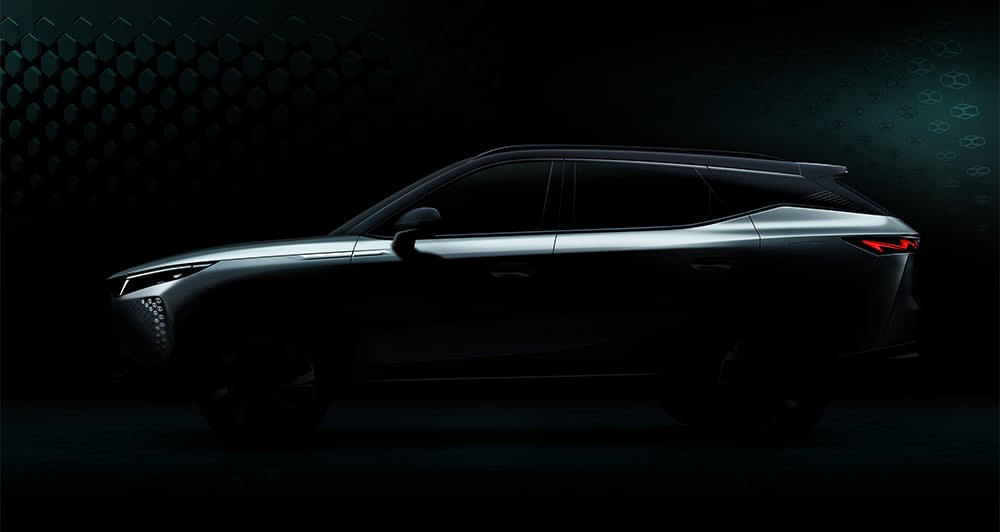
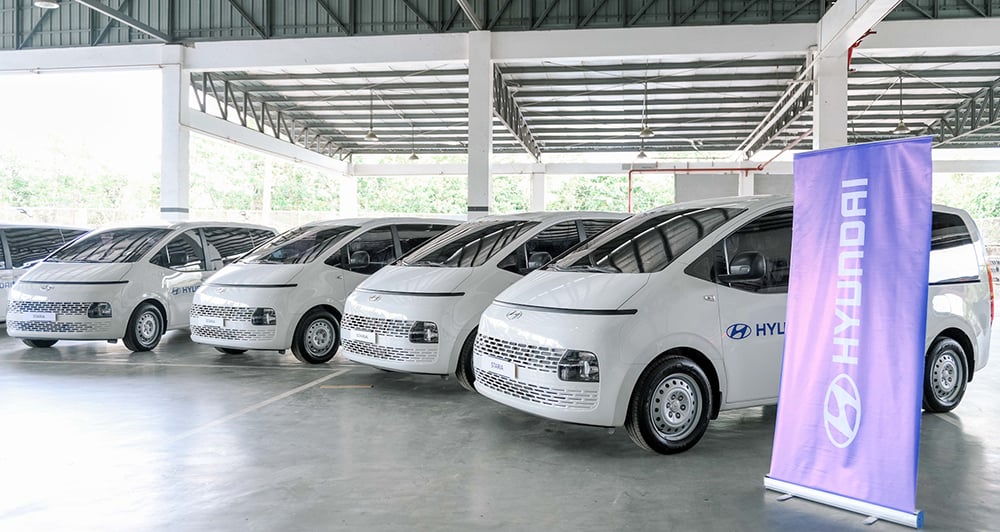
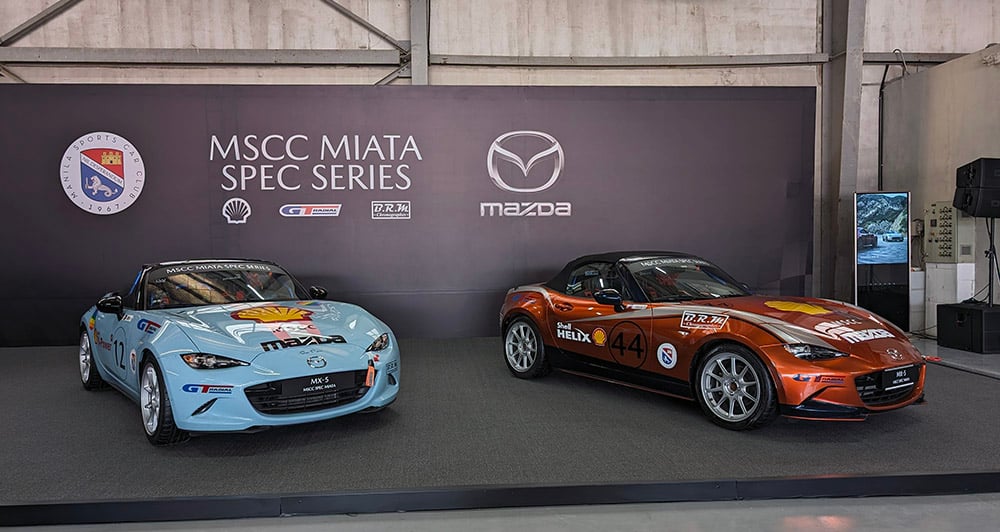

Comments